Weather plays a critical role in aviation, influencing every phase of flight from takeoff to landing. Pilots must constantly monitor and adapt to changing weather conditions to ensure the safety and efficiency of their flights. This article explores the various weather phenomena that affect aviation, the preparation and response strategies employed by pilots, and the advanced technologies that assist in flight planning.
Weather Phenomena That Affect Aviation


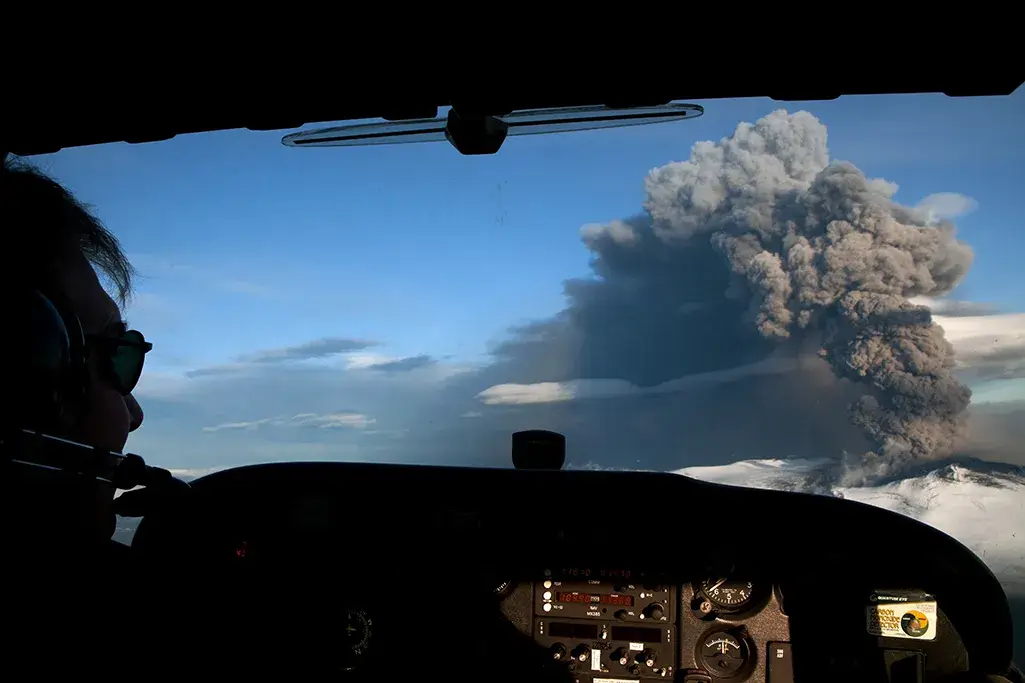
- Turbulence is one of aviation’s most common and potentially dangerous weather phenomena. It is caused by irregular air movement, often caused by jet streams, thunderstorms, or mountain waves. While turbulence is rarely hazardous to an aircraft’s structural integrity, it can be uncomfortable for passengers and challenging for pilots.
- Thunderstormspose significant risks due to hazards such as lightning, hail, strong winds, and severe turbulence. Microbursts, sudden and powerful downdrafts, can be especially dangerous during takeoff and landing phases.
- Icing occurs when supercooled water droplets freeze upon contact with an aircraft’s surfaces. This can affect the plane’s aerodynamics, reduce engine performance, and increase weight, making it a serious concern for flight operations in cold weather.
- Fog and Low Visibility conditions can impair a pilot’s ability to see the runway during landing and takeoff. Dense fog can lead to flight delays and cancellations, as visual references are critical for safe operations.
- High Winds and Wind Shear- Strong winds and abrupt wind speed or direction changes, known as wind shear, can complicate aircraft handling and stability, particularly during approach and departure.
- Volcanic Ashclouds can cause significant damage to jet engines, clog sensors, and reduce visibility. This phenomenon requires careful monitoring and avoidance.
How Pilots Prepare for and Respond to Weather Challenges
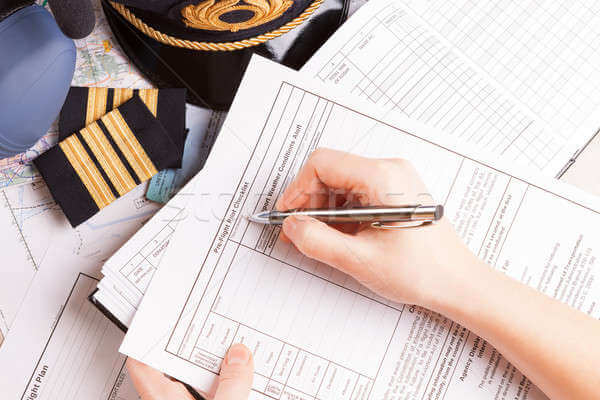
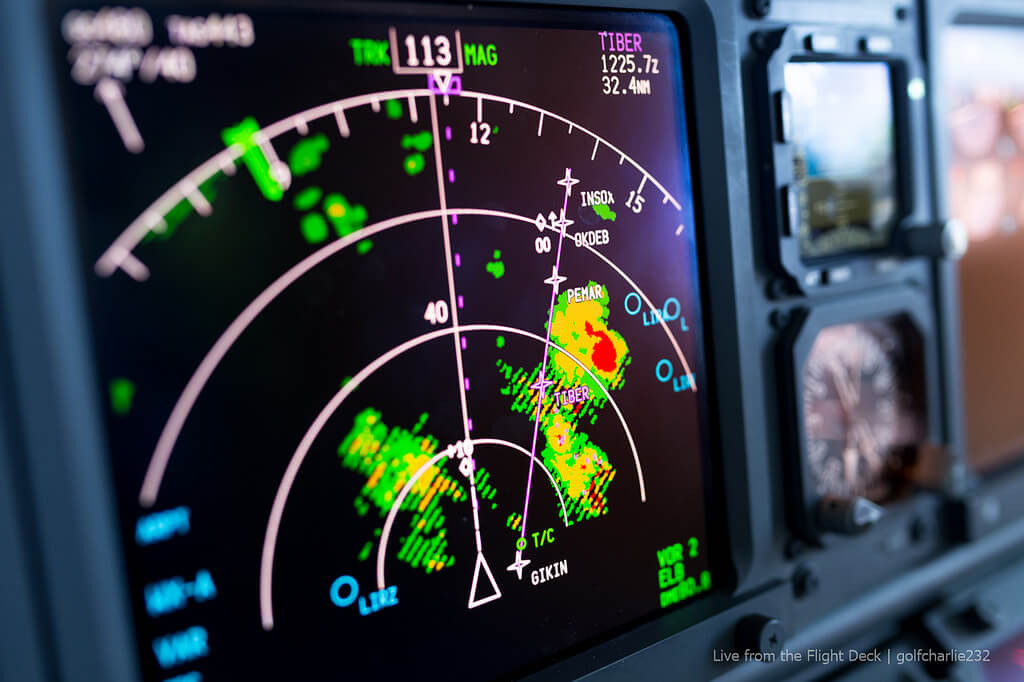
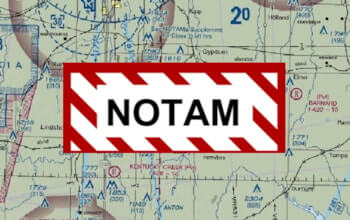
- Pre-Flight PlanningBefore a flight, pilots, and dispatchers analyze detailed weather reports and forecasts provided by meteorological services. These include Notices to Air Missions (NOTAMs), Terminal Aerodrome Forecasts (TAFs), and significant weather charts. This information allows pilots to plan alternative routes or adjust their flight paths to avoid adverse weather conditions.
- In-Flight AdjustmentsDuring a flight, pilots continuously monitor onboard weather radar systems to detect and avoid hazards such as thunderstorms or turbulence. Air traffic control (ATC) also plays a vital role by providing real-time updates on weather conditions and offering guidance on rerouting.
- CommunicationPilots communicate with other aircraft and ground stations to share information about weather conditions. This collaborative approach enhances situational awareness and safety.
- Use of Standard Operating Procedures (SOPs)Airlines have established SOPs to guide pilots in responding to specific weather scenarios. For instance, there are defined protocols for handling turbulence, flying through icing conditions, or executing go-arounds in low-visibility situations.
Technological Tools for Weather Management in Aviation
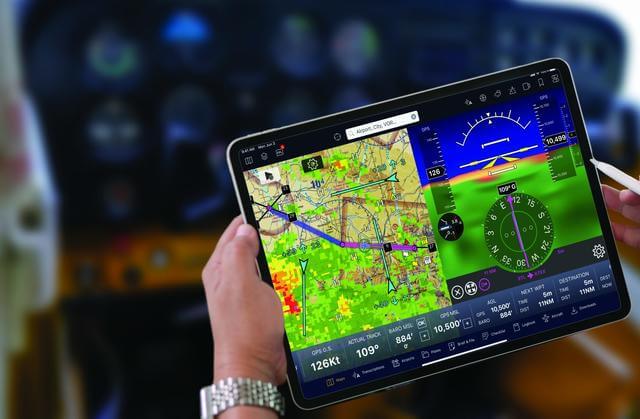
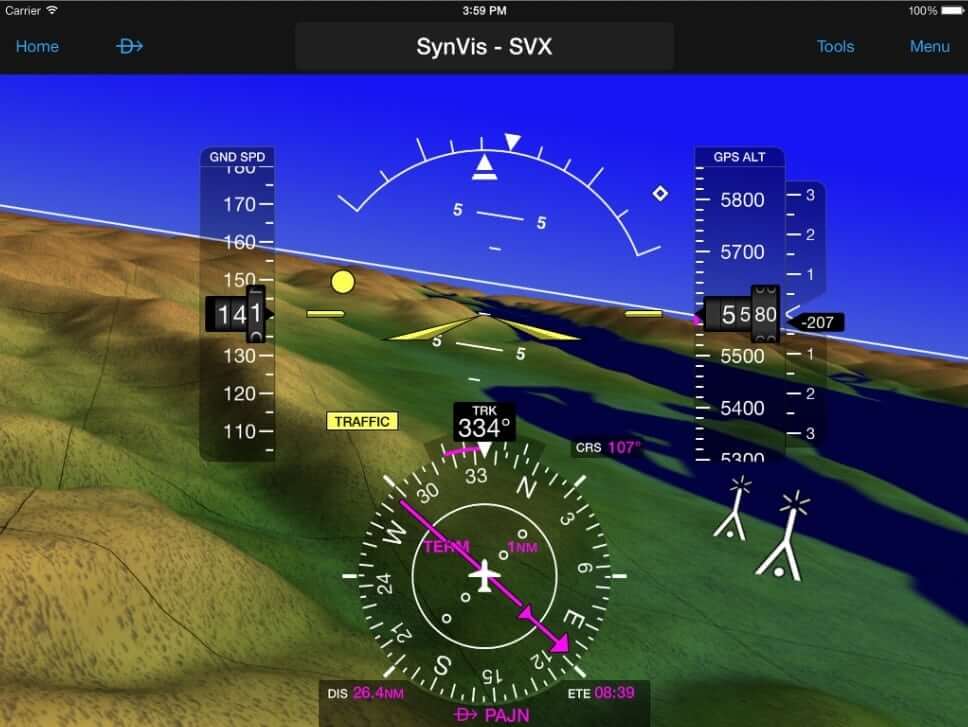
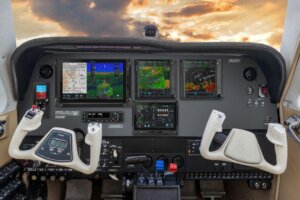
- Onboard Weather RadarModern aircraft have advanced weather radar systems that allow pilots to detect storms, turbulence, and precipitation. These systems provide real-time data and help pilots navigate around hazardous areas.
- Satellite Weather ServicesSatellite-based systems provide global weather data, enabling pilots to access up-to-date information about conditions along their route. This is particularly valuable for long-haul flights over remote areas.
- Enhanced Ground-Based SystemsTechnologies such as Doppler radar and Automated Surface Observing Systems (ASOS) provide precise and localized weather information to pilots and air traffic controllers.
- Electronic Flight Bags (EFBs)EFBs are portable devices that give pilots access to digital charts, weather updates, and operational data. These tools streamline the decision-making process and enhance situational awareness.
- Synthetic Vision Systems (SVS) SVS use terrain and obstacle databases to create a virtual, three-dimensional representation of the external environment. This is particularly helpful in low-visibility conditions, allowing pilots to “see” beyond the limitations of the naked eye.
Conclusion
Weather is an ever-present challenge in aviation, requiring meticulous planning, skilled decision-making, and advanced technology. By understanding the potential impacts of various weather phenomena and leveraging sophisticated tools, pilots can navigate the skies with confidence and ensure the safety of their passengers and crew. As technology evolves, the aviation industry will be better equipped to manage weather-related challenges and maintain its commitment to safety and efficiency.
